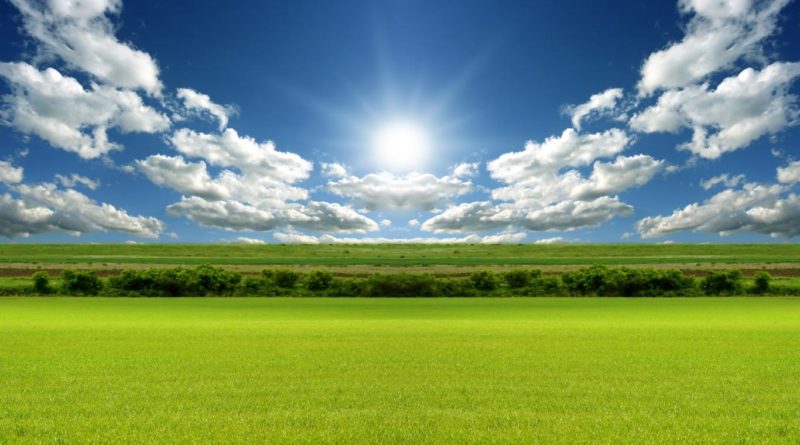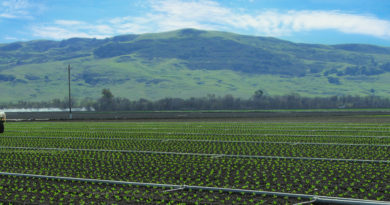Delhi – Land Pooling for a Sensible Metropolis Tag
With the proposition of Narendra Modi’s authorities about 100 good cities, Delhi can also be gearing up its activity of not being left behind. In any case, it’s the coronary heart of the nation from which many households get their breads. Though, it has already gained its nod for good sub cities venture with the centre saying the Land Pooling coverage however there are particular zones which shall outscore the others for the tag. For land pooling coverage of the federal government, it has invited the PPP mannequin wherein it’s going to purchase the lands from the landowners who shall give up it on their very own will to the DDA together with a growth cost. The DDA then, in flip shall ahead the stretch of land to the actual property builders who shall develop it. After creating it, the DDA shall reimburse the land homeowners 48% to 60% with the developed land and the remainder shall be consumed by them (DDA or the non-public builder) for additional sale.
There are lands earmarked as zones comparable to the next: K1 zone consists of: Mundka, Nangloi Jat, Kamaruddin Nagar, Hastsla, Rajpur Khurd, Baprola, Dichaon Kalan, Nawad Mazara amongst others. L zone consists of: Surehera, Zafarpur Kalan, Samaspur Khalsa, Quizipur, Roshanpura, Dindarpur, Goela Khurd Chhawla, Sherpur Dairy, Jhuljuli, and so forth. P2 zone consists of: Jindpur, Hukhmalpur, Gadi Khasro, Ibrahimpur, Saleempur Majra , Burari, Mukundpur, Libaspur and so forth. N zone consists of: Daryapur Kalan, Katawda, Bazidpur, Jat Khor, Karala, Chandpur, Ladpur and so forth. J zone consists of: Mehrauli, Sultanpur, Ghitorni, Gadaipur, Chattarpur, Satbari, Chandan Hula, Sayurpur, Asola, Fathpur Beri, Jonapur, Sultanpur Delhi’s greatest curse is the unplanned urbanization that happened giving town a haphazard look. The one technique to take care of this curse is to the touch the fringes slightly than the interiors of town which is why these zones are earmarked. That is how the sub-cities are aimed to be created! The surrendered plots shall be pooled collectively for a holistic growth which in flip would result in creation of recent sub-cities. The land can be pooled by the mutual settlement of a couple of land homeowners by submitting it to the DDA. The land shall then be used underneath 9 classes which embrace residential, business, business, transportation, utility, public and semi-public facility, leisure, amongst others.
The sub-cities are aimed to be good by the inclusion of parameters like 24-hour water and energy provide, high-speed wi-fi connectivity, Transit-Oriented Growth Mannequin, environment friendly solid-waste administration system, inexperienced buildings and plenty of extra such issues. These parameters shall be binding on the DDA and the non-public builders to be ensured. Which zone is right for the good tag? There are 5 zones described above and of those 5, two zones- Zone ‘L’ and Zone ‘N’ stand to be the primary contenders for the good tag given the required bodily and financial traits to evolve as self sustaining. ‘J’ zone is the smallest zone with only one village, i.e., Neb Sarai close to Maidan Garhi within the southern a part of Delhi whereas L zone has the very best functionality to be the good metropolis. Its shut proximity to Dwarka, airport and Gurgaon and ample space for inexperienced growth scores it larger than the remainder.




